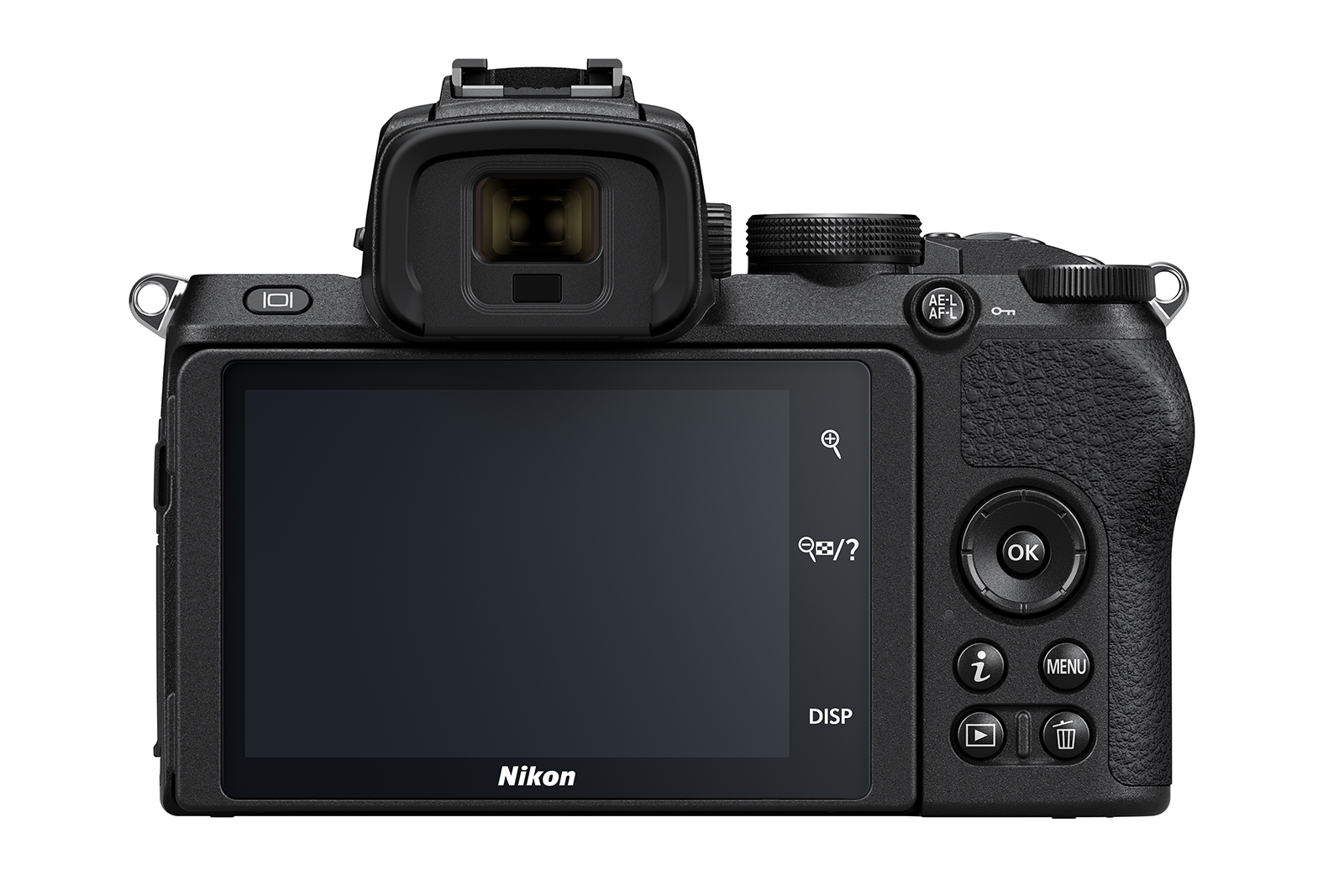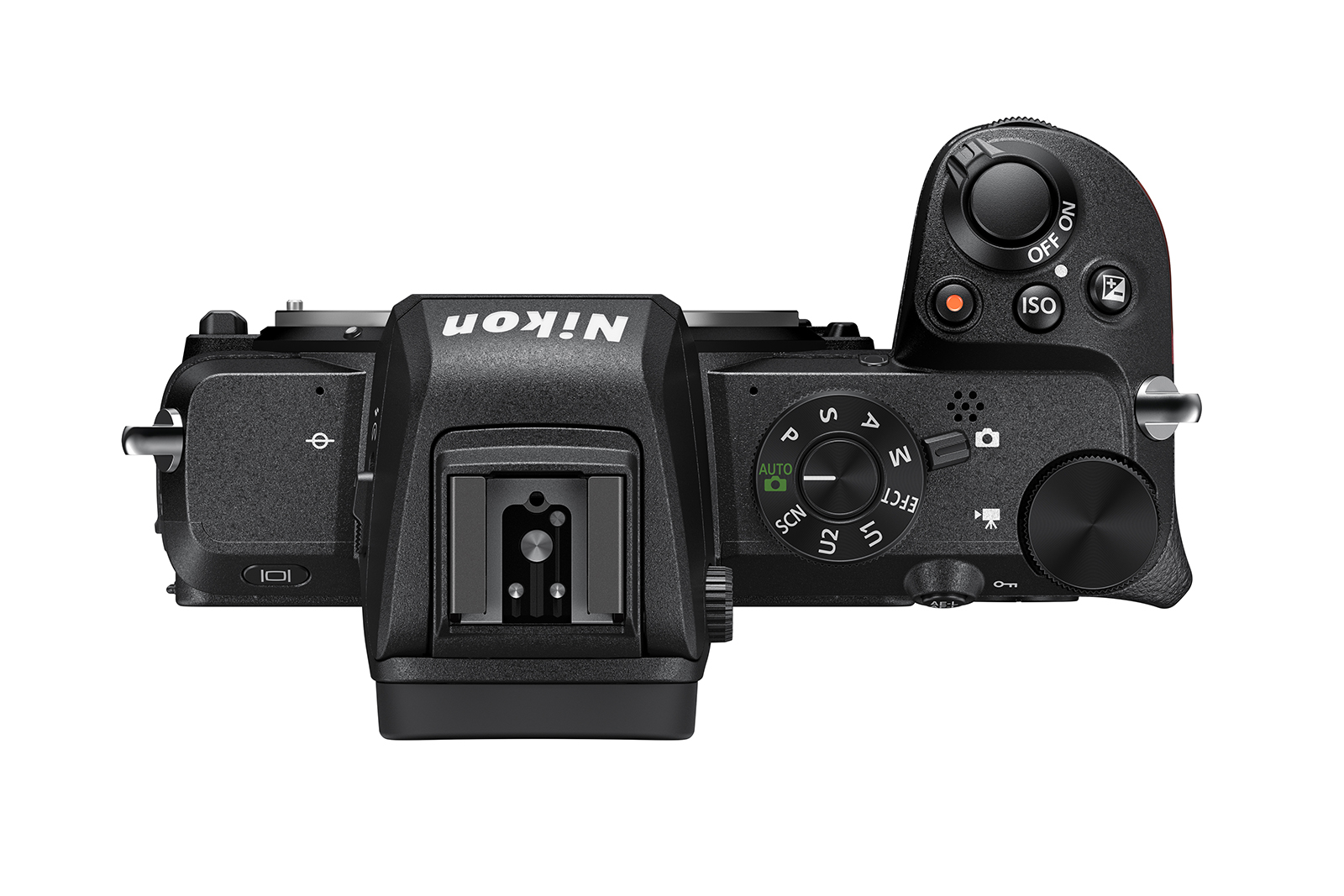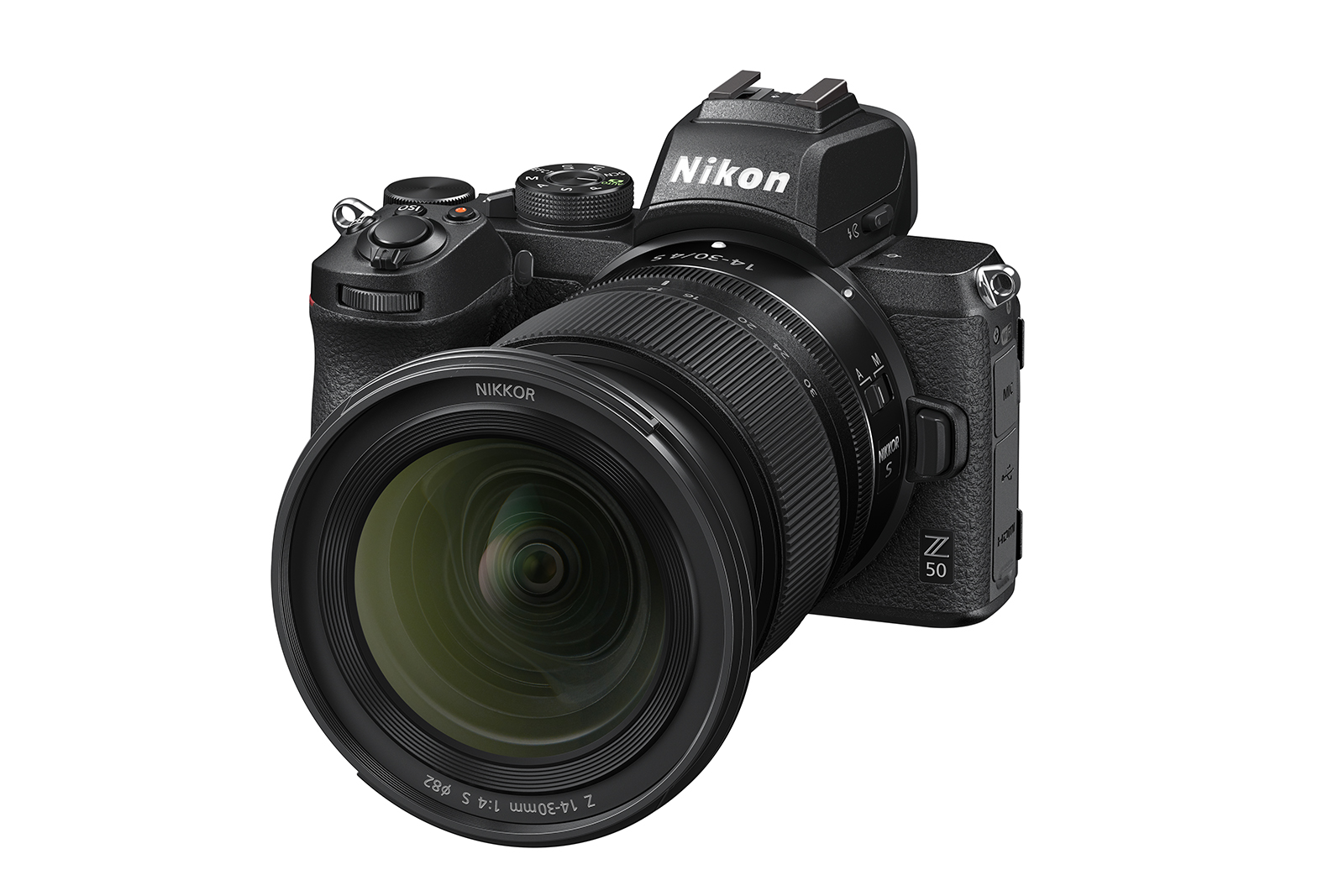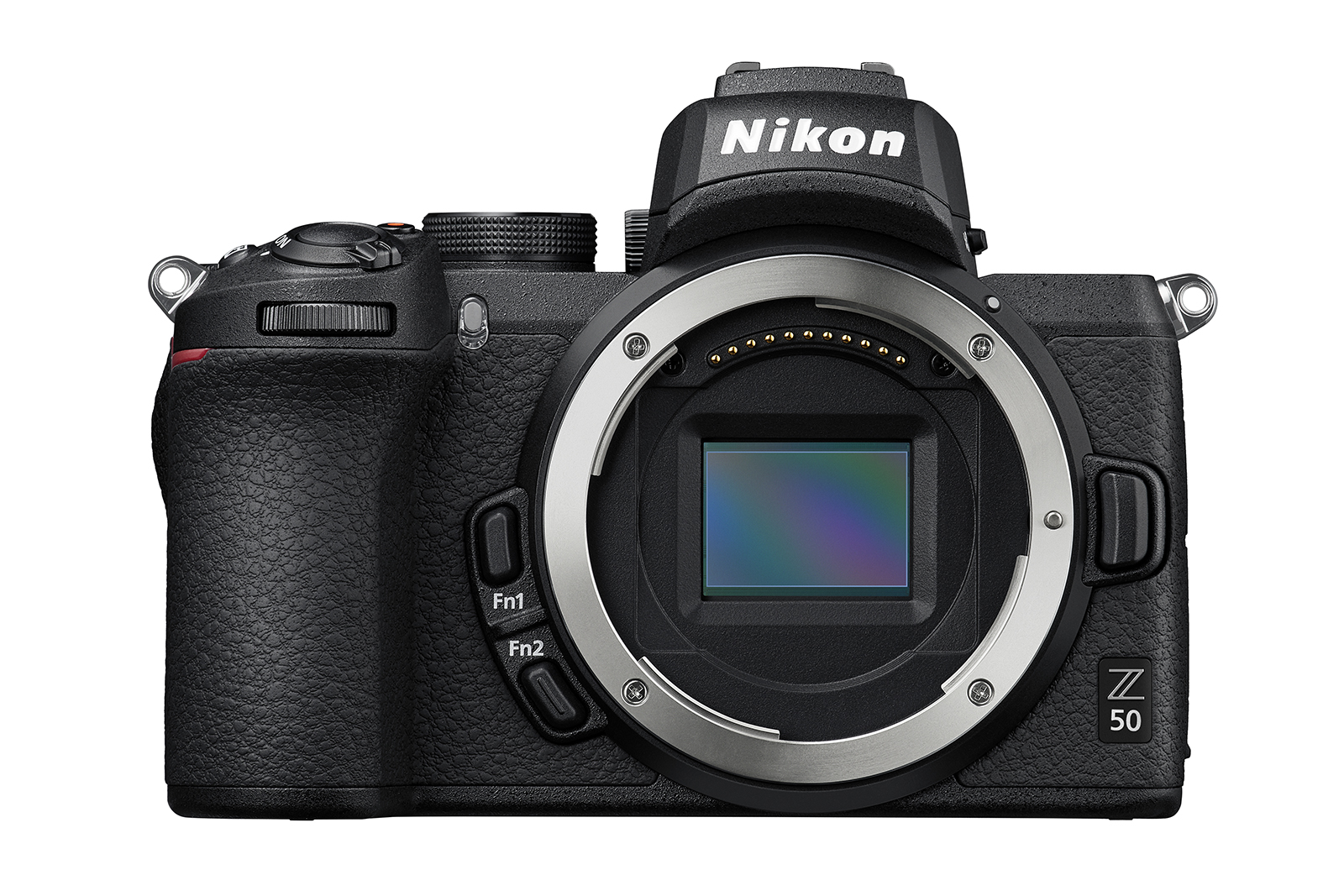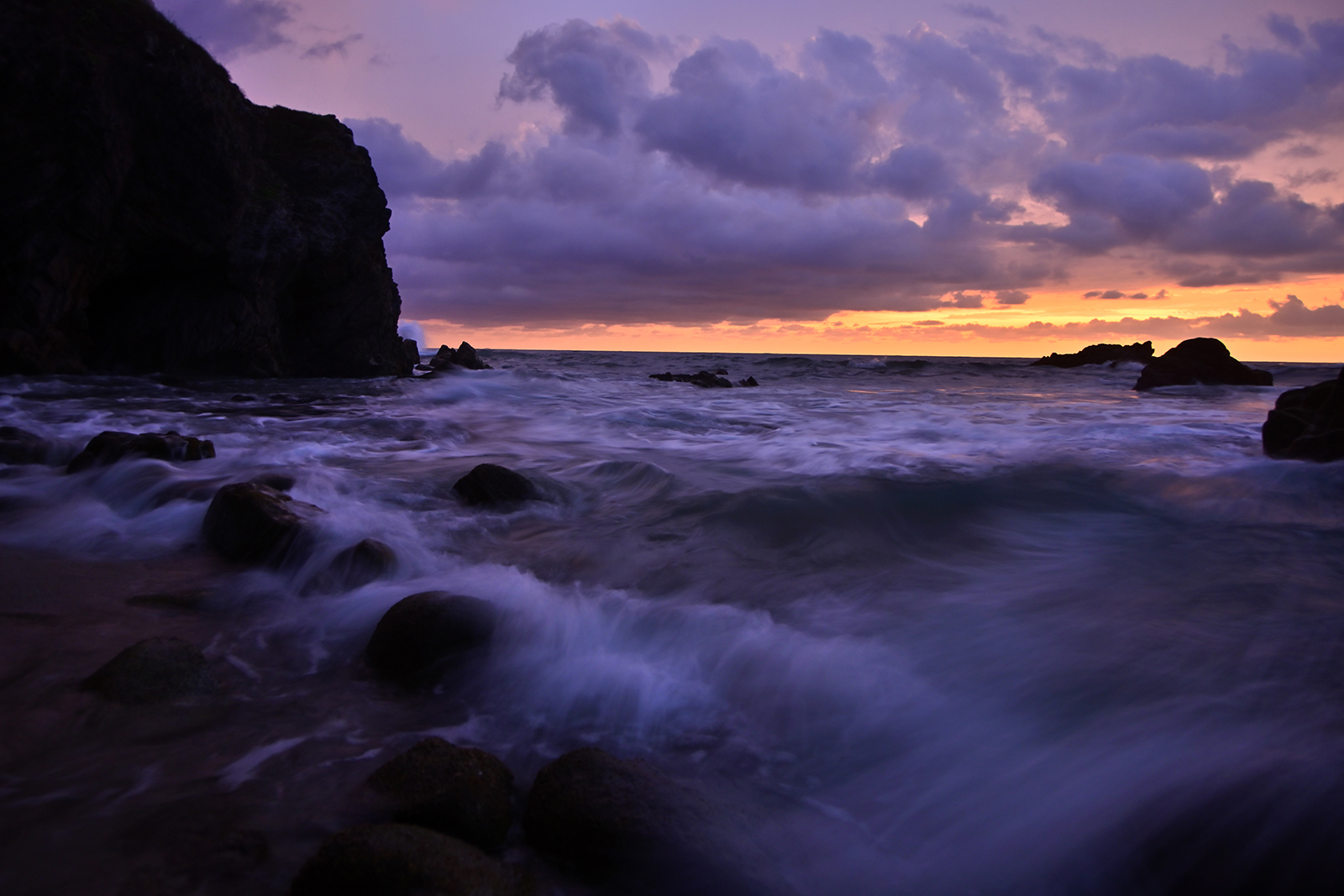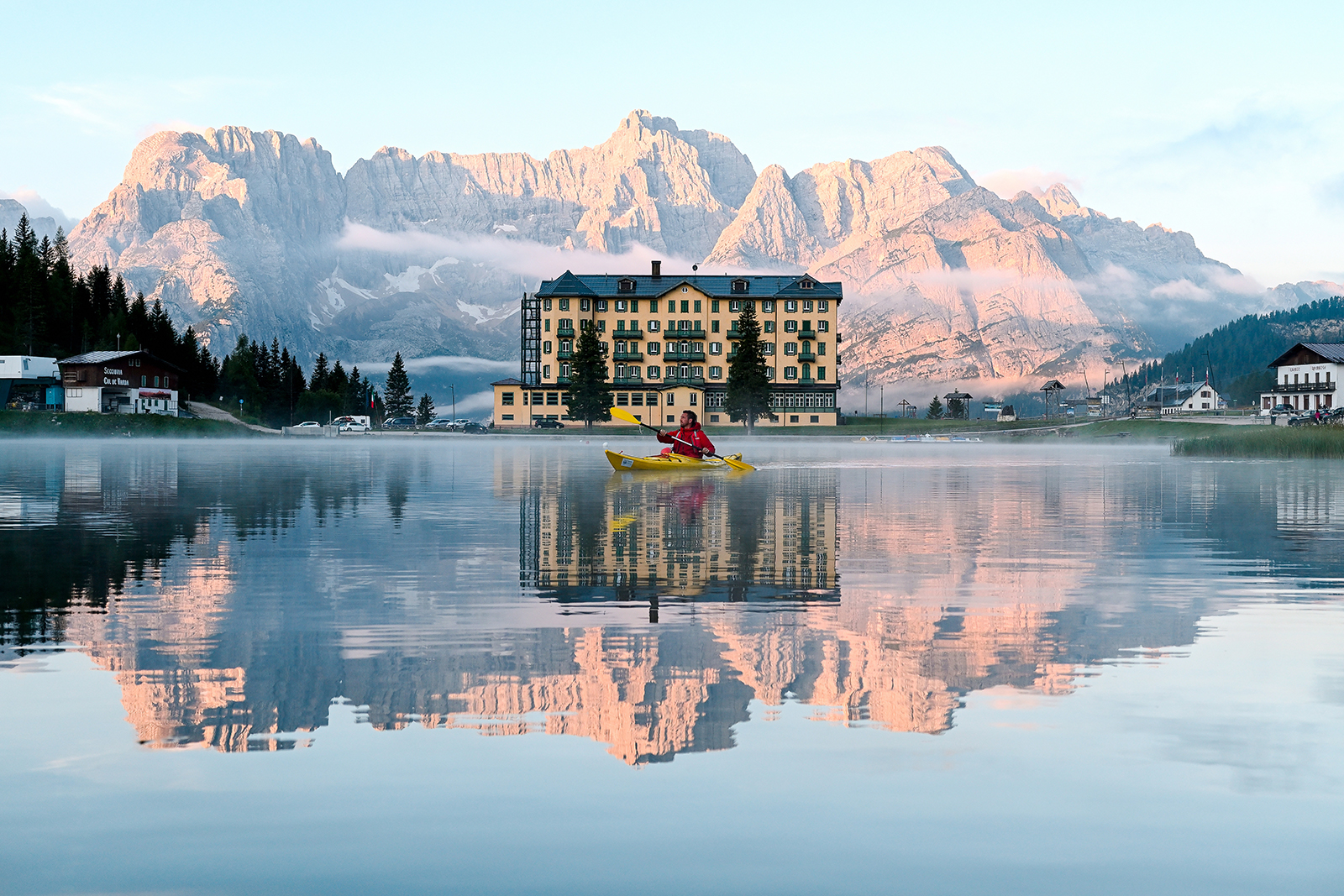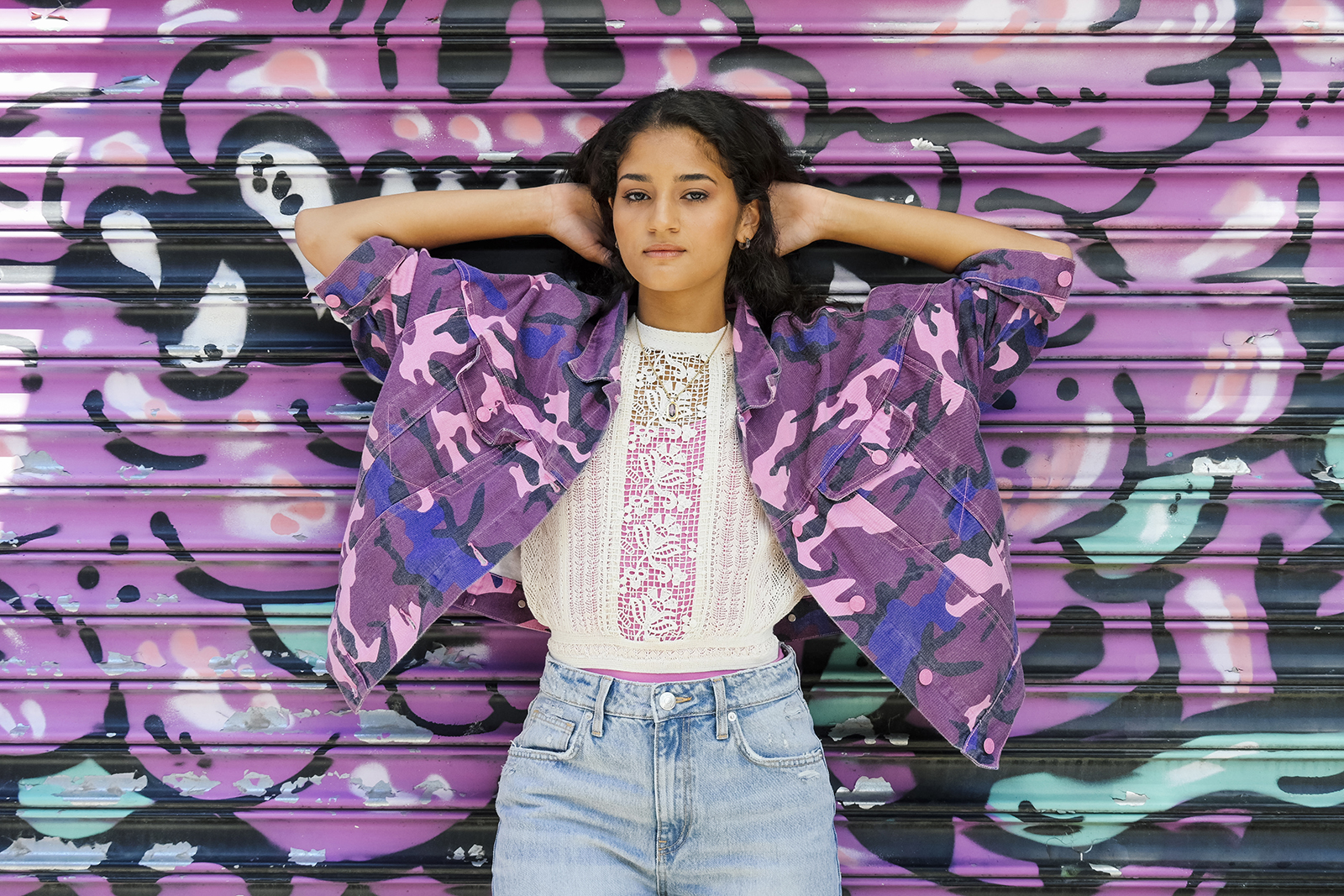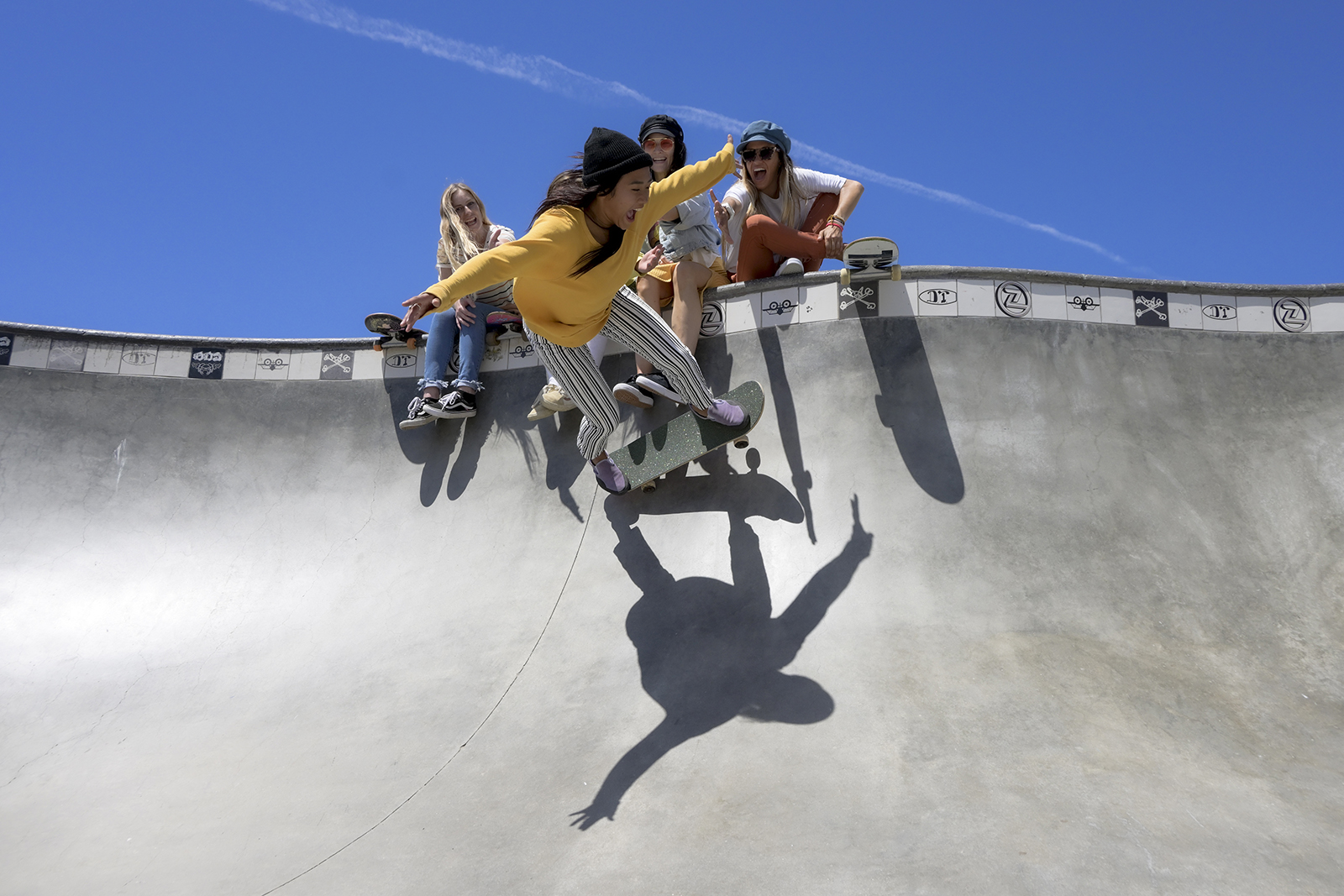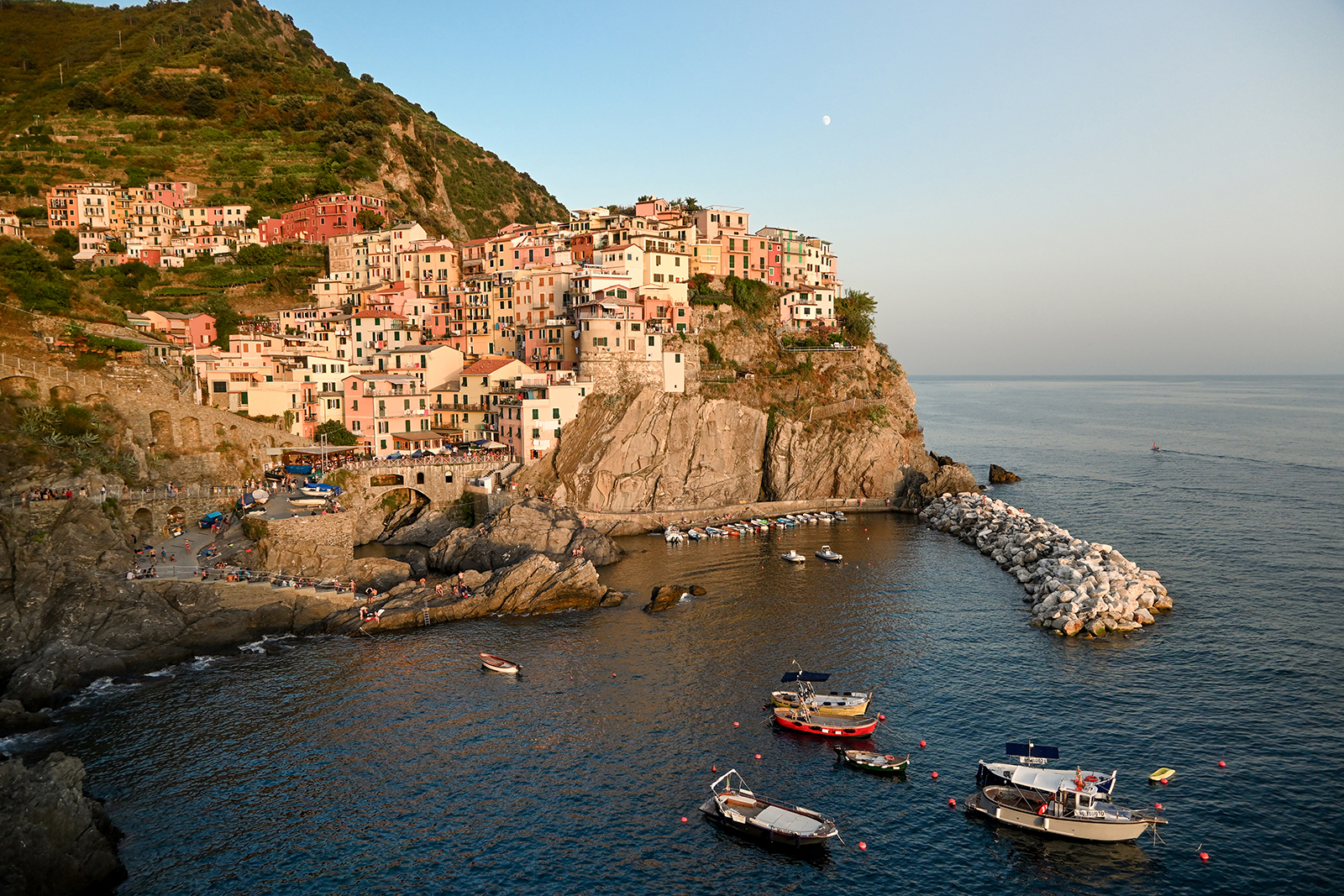The Nikon Z mount is going to crop — on Thursday, October 10, Nikon unveiled its first APS-C mirrorless camera, the Nikon Z 50. A compact mirrorless with in-camera editing to leave the laptop behind, Nikon calls the Z 50 a “little but fierce” travel camera. The crop sensor camera brings some new perks over the full-frame Z 6 and Z 7, like a compact size and lower price point, but lacks others, including image stabilization.
The Nikon Z 50 houses a 20.9-megapixel APS-C sensor, a new sensor that’s inspired by the D500 DSLR. Like Nikon’s crop sensor and full-frame cameras can both use F-mount lenses, the Nikon Z 50 can use existing Z-mount lenses. Because of the crop factor, Nikon says those full-frame Z lenses produce even sharper results, but a pair of crop sensor mirrorless lenses are also launching with the Z 50 — the Nikkor Z DX 16-50mm f/3.5-6.3 VR and the Nikkor Z DX 50-250mm f/4.5-6.3 VR.
The Z 50 sensor uses a hybrid phase-detection autofocus with 209 points covering about 87% of the frame horizontally and 85% vertically. The camera also houses the Eye-Detection Autofocus that arrived on the Z 6 and Z 7 after the initial launch through a firmware update. That makes it Nikon’s first crop sensor camera with eye detection autofocus.
An Expeed 6 processor gives the Z 50 a top burst speed of 11 fps and a maximum ISO of 51,200, along with 4K video at up to 30 fps.
The Z 50 tackles more video features than Nikon’s crop sensor DSLRs, with in-camera editing tools that also extend to video. The camera’s list of video features also includes 120 fps slow motion, time-lapses, an interval timer, and a stereo mic jack.
The camera’s Wi-Fi and Bluetooth extends beyond the usual JPEG transfers, with the ability to send RAW files as well as video clips using Nikon Snapbridge. That mix of in-camera editing and wireless transfers, Nikon says, allows more users to leave the laptop behind when traveling.
The in-camera editing tools mix with the camera’s compact size for a design that Nikon says is ideal for travel. Smaller than the Z 6, the Z 50 weighs 14 ounces with a 2.4-inch thick body. Size is one of the reasons Nikon opted to leave out the in-body stabilization system found on the Z 6 and Z 7. Nikon says that the camera doesn’t ditch good ergonomics, however, with a good size grip and similar control scheme to the Z 6.
The magnesium alloy body also includes some weather sealing. While the Z 50 doesn’t use the secondary LCD screen at the top that the Z 6 and Z 7 has, the 3.2-inch LCD screen flips down 180 degrees for selfies and vlogging. The touchscreen controls, including pinch-to-zoom, help adjust settings, review images and use the in-camera editing tools.
While the Z 50 is missing the stabilization in the body itself, the new DX Z lenses are not. The Nikkor Z DX 16-50mm f/3.5-6.3 VR is the kit lens paired with the Z 50 body, while the new Nikkor DX 50-250mm f/4.5-6.3 VR is a compact zoom that’s part of the two lens kit. The shorter lens has 4.5 stops of stabilization, with the telephoto offering five stopes.
Nikon says both lenses are designed to balance sharpness with a compact design. Because the Z 50 uses that Z mount, Nikon says the lenses offer enhanced sharpness because of the new wider mount. Both lenses, Nikon says, are designed to reduce focus breathing for video. The control ring on the lenses can also be custom set to aperture or exposure compensation.
The Z 50 can also use the previously launched Z lenses with a crop factor because of that smaller sensor. The mount adapter also works with the Z 50 to add F-mount lenses to the camera, including both full-frame FX and crop sensor DX lenses.
While the full-frame mirrorless is a photography buzzword with several big players launching new options within the last year, the Z 50 bucks the trend. If Nikon aims to dominate in mirrorless the way the brand does with DSLRs, the company likely needs both the advanced full frames and the more budget, travel and beginner-friendly crop sensors.
So does the Z 50 meet the budget-friendly criteria? The Nikon Z50 is set to retail for $860 body only, $1,000 with a kit lens, or $1,350 for the two-lens kit. That’s under the current price of the 20.9-megapixel D7500.


